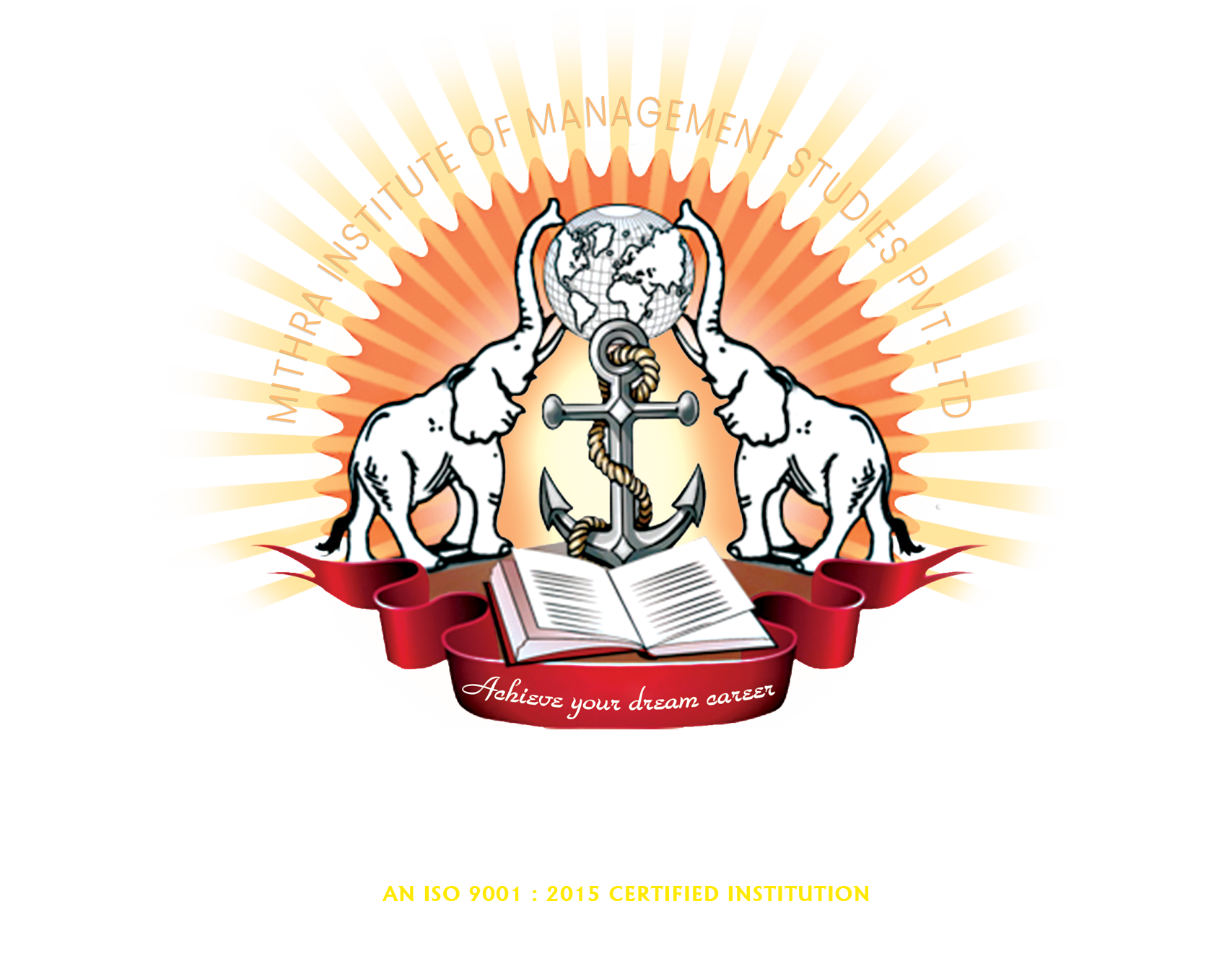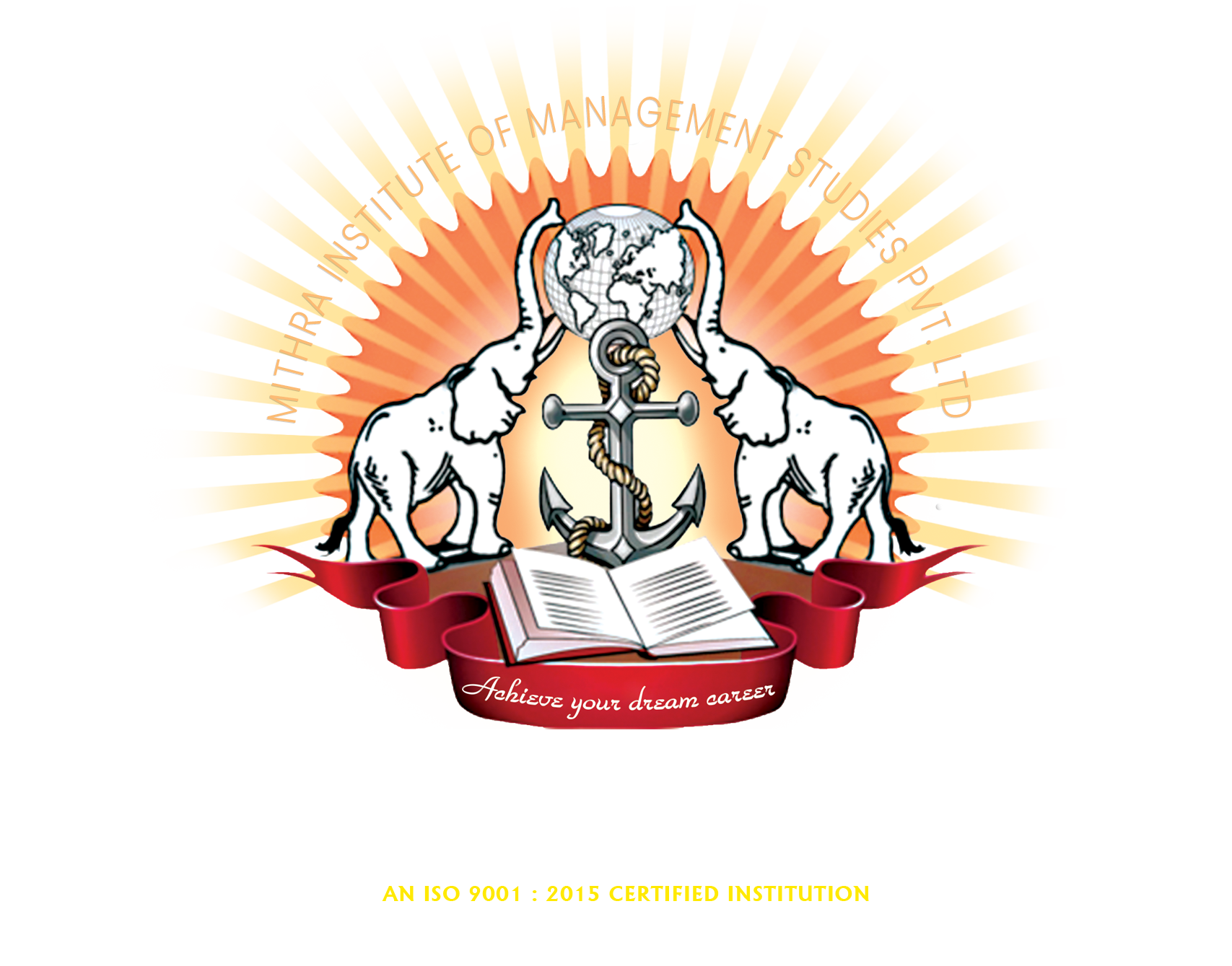Shipping Logistics & International Freight Forwarding IIFF-FIATA
Eligibility: +2 and above
Duration: Online - 10 Months, Offline - 10 Months
Launch your career into an exciting future in the high-growth logistics and shipping sector with Kerala’s top authorized FIATA Geneva diploma in Logistics, Shipping & Freight Forwarding. Approved by FIATA Switzerland (International Federation of Freight Forwarders Associations), this intensive 1-year program meets global benchmarks for freight forwarding education

One course and a lot of job opportunities
Enroll for global opportunities
Learn from seasoned faculty with decades of industry experience as they impart practical knowledge on coordinating door-to-door transport of export-import cargo worldwide. Gain expertise across all transport modes, including ocean freight, air freight, trucking, rail, and intermodal solutions.
Mithra Institute, where global opportunities unfold through our distinguished International Certification in Logistics and Freight Forwarding and Shipping. Our customized FIATA curriculum aligned with international standards will equip you to provide end-to-end logistics services as a certified freight forwarder. Core subjects covered include export-import trade frameworks, freight calculations, cargo handling, shipping documentation, customs clearance, container loading, multimodal transport optimization and more.
A Vocational Training Programme certified and validated by International Federation of Freight Forwarders Associations.
Apart from lectures, get hands-on practice at our in-house logistics lab using the latest software like CargoWise for booking, tracking, shipping contracts and compliance. We also offer placement assistance upon course completion backed by tie-ups with leading logistics giants.
As a FIATA certified freight forwarder from our institute, you will possess globally recognized competencies to excel in this $200 billion freight forwarding market in India. Our diploma integrated with IATA certification provides the dual advantage to handle both cargo and passenger travel verticals in the aviation logistics sector.
With cutting-edge FIATA Switzerland logistics and supply chain management courses in Kerala, we empower aspiring professionals to become the next generation of freight forwarding experts across air, sea and land transportation worldwide.
As one of the best FIATA certified institutes in Kerala and India, join us to launch into an exciting future in the thriving global logistics industry.
CERTIFICATION BY FIATA, Geneva- Switzerland
- Recognized in over 120 countries
- Covering 40,000 logistics companies
- Employing 8-10 million people
- Worldwide Influence
- Communicative
- English Spoken & Written
- Personality Development
- Mind Setting
- Career Counseling
- Interview Coaching
Different fields
Aviation
Shipping
Project
Distribution
Wholesale
Manufacturing
Engineering
Import & Export
Freight forwarding
Warehousing
IT
Oil Field
Transportation
Various Jobs Opportunities
Logistics
Purchase Procurement Shipping
Air Freight
Warehousing
Production
Supply Chain
Sales Marketing
Sea Freight
Job Positions
Manager
In-Charge
Executive
Officer
Coordinator
Assistant
Administrator
Main subjects
- Customs Law and Procedures
- Advanced Freight Forwarding
- Sea Transport
- Air Transport
- Road Transport
- Rail Transport
- INTERNATIONAL CONVENTIONS,
TRANSPORT AND COMMERCIAL LAWS AND RULES - Multimodal Transport
- Warehousing, Logistics and Supply Chain
Management
- Packaging, marking and labeling of hazardous
and dangerous cargo - Insurance
- Electronic Data Interchange (EDI)
- Management
- Organisation and Financial aspect of
Multimodal Transport operator - Linkage of trade and transport, documentary
credit, INCOTERMS, Banking practices - Safety & Security
#PlacementMIMS MIMS Placement Excellence

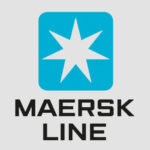
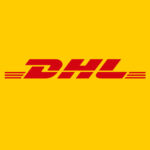
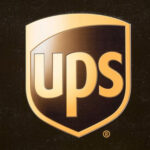





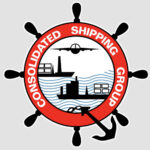
#Rated For Excellence Google Reviews
Trustindex verifies that the original source of the review is Google. I enquired about a logistic course to many institutions, but a quick response not received from any place except MIMS. Politely given clarified explanations about the course it's structure and schedules. After the registration payment they arranged a counseling. Beginning itself moulding the candidate to their personal growth, especially making aware about the financial stability. After the section we will get an awareness about our own financial strength. Helping to set goals to achieve financial freedom. Analysing a targeted year to attain the goals. Implementing calculations for savings and spending. It was a wonderful experience. Thanks to Mithra Institute of Management Studies. I am eagerly waiting for the classes. I believe it will be a strong path way to my career updation. Thanks to MIMS faculty for the overall coordination. God bless you all.Trustindex verifies that the original source of the review is Google. Attending Shiju Gopinath sir’s career counselling class was an incredibly valuable experience. The session was well-structured, informative, and thoughtfully designed to cater to individuals at different stages of their career journey. The counsellor was knowledgeable, approachable, and genuinely invested in helping each participant discover their strengths, interests, and career possibilities. One of the best parts of the class was the personalised attention given to each student. Through a combination of self-assessment exercises, interactive discussions, and real-world advice, we were able to gain clarity about our professional goals and the steps needed to achieve them. The class also provided useful resources such as resume tips, interview preparation strategies, and insights into various industries. Overall, the career counselling class exceeded my expectations. It not only helped me feel more confident about my career direction but also motivated me to take practical steps toward achieving my goals. I would highly recommend this class to anyone who is feeling uncertain about their career path or looking to make a change.Trustindex verifies that the original source of the review is Google. I had good experience at Mithra Institute of Management Studies. I was able to learn industry-oriented courses and gain in-depth knowledge about real-world skills. The curriculum is well structured, and the institution has highly experienced faculty.Trustindex verifies that the original source of the review is Google. I had a wonderful counseling experience, where the counselor was attentive, supportive, and provided valuable insights that truly helped me.Trustindex verifies that the original source of the review is Google. Interesting class.Trustindex verifies that the original source of the review is Google. I had a good experience in career counseling session by Mr. Shiju gopinath sir . I learned so many things about future life ..Trustindex verifies that the original source of the review is Google. It's very useful for the future goal setting. It was a wonderful opportunityTrustindex verifies that the original source of the review is Google. I had an amazing experience at Mithra Institute! The staff and instructors are incredibly professional, knowledgeable, and supportive. The courses are well-structured and provide in-depth knowledge, which helped me gain the skills I needed to succeed. The learning environment is positive and motivating. If you want to study logistics and supply chain management, Mithra Institute is the perfect place to grow and achieve your goals. Highly recommendTrustindex verifies that the original source of the review is Google. Mithra Institute of Management Studies is an excellent institution that provides top-quality education and training for aspiring professionals. The institute offers comprehensive counseling services, guiding students in making the right career choices and helping them develop a clear vision for their future. One of the standout aspects of Mithra is its highly qualified and experienced faculty, who are dedicated to ensuring that students not only gain theoretical knowledge but also develop practical skills. The practical classes and hands-on training sessions are particularly valuable, as they help bridge the gap between academic learning and real-world application. The institute focuses on enhancing students' technical efficiency and skill development, preparing them to excel in their respective fields. Through industry-oriented training, students gain real-world experience, making them job-ready and confident in their abilities. Mithra Institute has truly provided me with the excellence and expertise needed to work in a corporate environment. The valuable experiences and knowledge gained here have been instrumental in shaping my professional journey. I highly recommend this institute to anyone looking for quality education, strong career guidance, and practical learning opportunities.❤️💯
